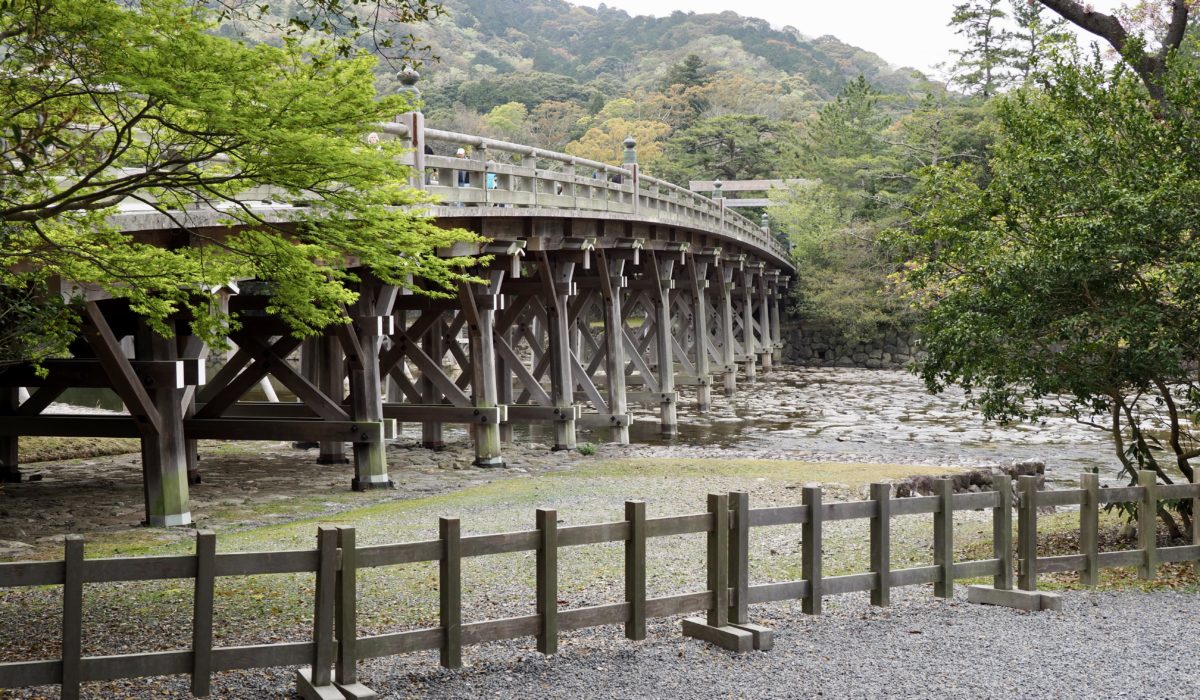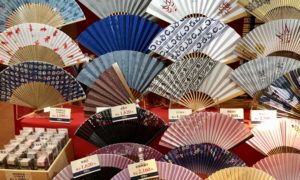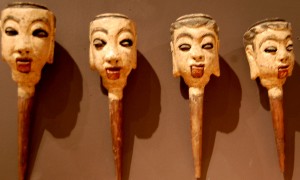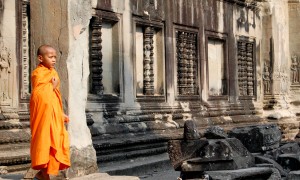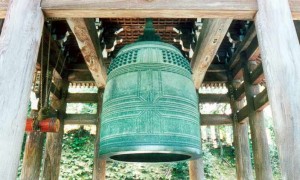One of most interesting stops on our Japan itinerary April 2019 is one where I have the fewest photos.
Why?
1. It was a rainy gloomy day, not conducive for photography.
2. The temple was actually not accessible.
3. I was a bit burned out after three weeks of taking photos in Japan. I walked around the site and enjoyed our delightful guide.
So, where were we?
The Ise Jingu Grand Shrine in Kii Peninsula.
The reason it was so fascinating is that the Ise Jingu Grand Shrine is the oldest and potentially the newest shrine in Japan. How can that be?
Well, it was originally built in the third century, and torn down and rebuilt every 20 years ever since. It’s on it’s 62nd version now.
It’s pretty complicated.
Why would they do this?
A couple of reasons:
1. To preserve the wood working skills enforcing the idea that the Japanese want their culture to be transmitted to the next generation. Not only are wood working skills transmitted but there are 30 different festivals and ceremonies which are also repeated.
2. Observing the Shinto philosophy. It is believed that the spirits of the Japanese imperial family’s ancestors are enshrined there.
3. The rebuilding process symbolizes the Shinto belief of the renewal of nature.
4. It also symbolizes the Buddhist belief of impermanence.
4. It also preserves the original architect’s design.
The grounds were beautiful and peaceful, even though the day was a huge national event. We were there when the emperor, a direct descendant of the Sun Goddess, had abdicated his throne to his son and was making the traditional visit to the Shrine. He is believed to be the 126th decedent of the original Sun Goddess who brought rice farming to Japan
We weren’t there at the time he was, but it was clear that everything was in order for this sacred visit.
Turns out there are three parts to the shrine and only the emperor is allowed in the inner sanctum behind the three gates. We walked up to the outer wall and watched people go through ceremonies to allow them to enter the first gateway and say their prayers. Out of respect, I didn’t photograph.
The practice of believing in both Shinto and Buddhism in Japan is of interest to me. Many Japanese follow both religions blending the two sets of beliefs.
Shinto is the oldest……
They have no belief in afterlife.
The emperor is the leader of Shintoism and is worshiped.
The Japanese feel Shinto is good for Baptism and weddings, but when they get older, they tend to follow Buddhists practices.
The followers of Shintu worship their ancestors and regard them as guardians of the family.
They also pay respects to kami—spirits that inhabit the natural world.
Buddhism was brought into Japan into the 600s.
Buddhism believes in an afterlife.
One of the main beliefs of Buddhism is the impermanence of everything.
Jack was particularly enthralled with a video presentation in the tourist center about the rebuilding of the temple and the woodworking skills passed from one generation to another. Typically three generations work on the temple and it takes eight years to build the new one.
Another part of the visit was meandering the charming little town, clearly catering to the many tourists who visit here. The main street was lined with centuries’ old wooden houses of the kind you don’t get to see much in Japan. We had a great time, enjoying lunch and poking our heads into the many stores. We were glad we had a guide with us to explain what we were experiencing.

This is the town where we visited the store totally devoted to Cats. For that blog post, click here.
The following are photos of the Shrine taken off the internet. Unfortunately many did not give credit to the photographer.
The White star marks the temple. Our experience was organized by Tiny World Tours of Grand Rapids, MI.

